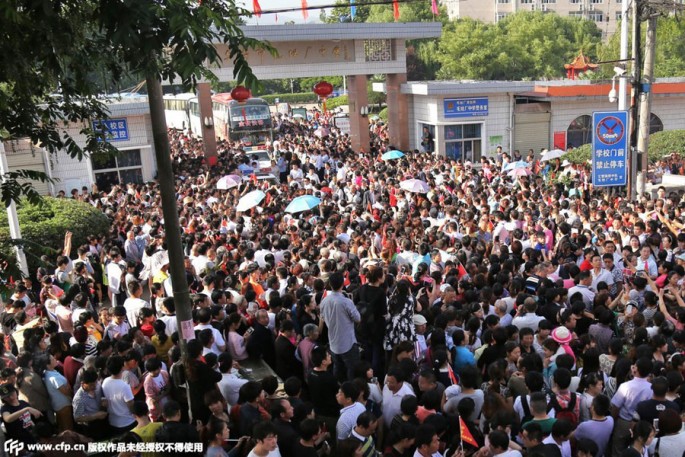Deepening reforms of the national college enrolment system are being made by China to promote college enrolment among students from poor and rural regions of the country.
The proportion between rural students and urban students remain low in universities, most notably in top institutions. Observers believe this is a result of unbalanced development as well as distribution of education resources in different regions of the country.
A rite of passage for approximately 9.42 million senior high school students from all over China, the two-day National College Entrance Examinations took place on June 7 and 8. It's symbolic not just for China but for its youth, especially students and families from rural areas dreaming of a better life.
According to Women of China, students from poor provinces have managed to become elites in their respective fields, all because they were able to access higher education by taking the gaokao.
To bridge the education gap, China has implemented a series of preferential policies for rural students across the country. Results have been sown, as the admission rate for rural students at top universities has exceeded 10 percent; a dramatic improvement in the last two years. China's special enrolment policies have also benefited over 4,000 students from Shaanxi Province.
Incomplete statistics also show that top Chinese institutions such as Peking and Fudan Universities have enrolled a total of 740 students from rural areas in 2014, which is three times more than the number they enroled the year before.
Aside from preferential policies, Pang Lijuan, executive vice president of the China Institute of Education Policy, suggested that rural teachers be trained as well to level the playing field.
"Only in that case can rural students struggle competently with their urban counterparts in the national college entrance exam," the official said.
Other aspects such as financial aid and academic support are also looked into to promote the gaokao in Chinese provinces.



























